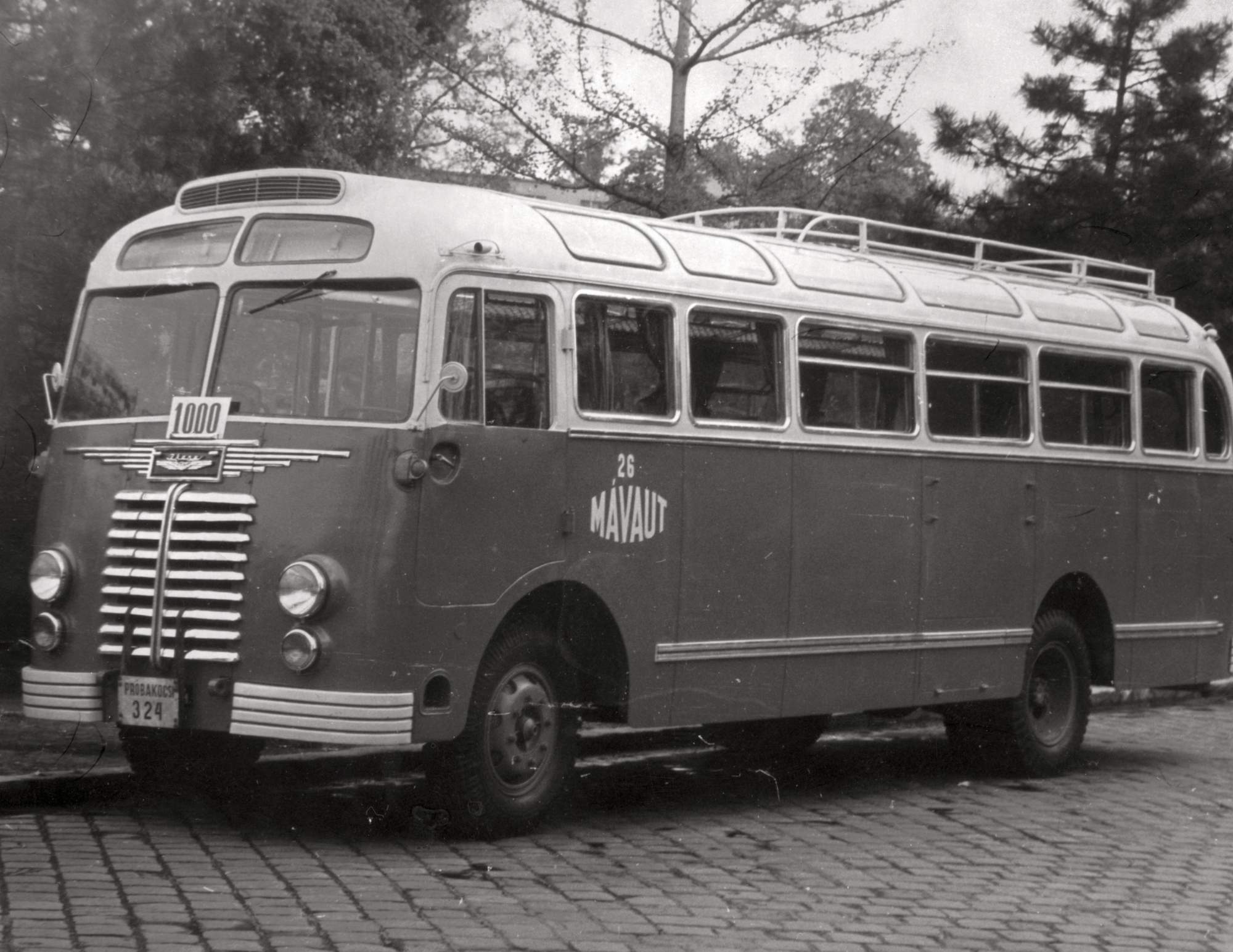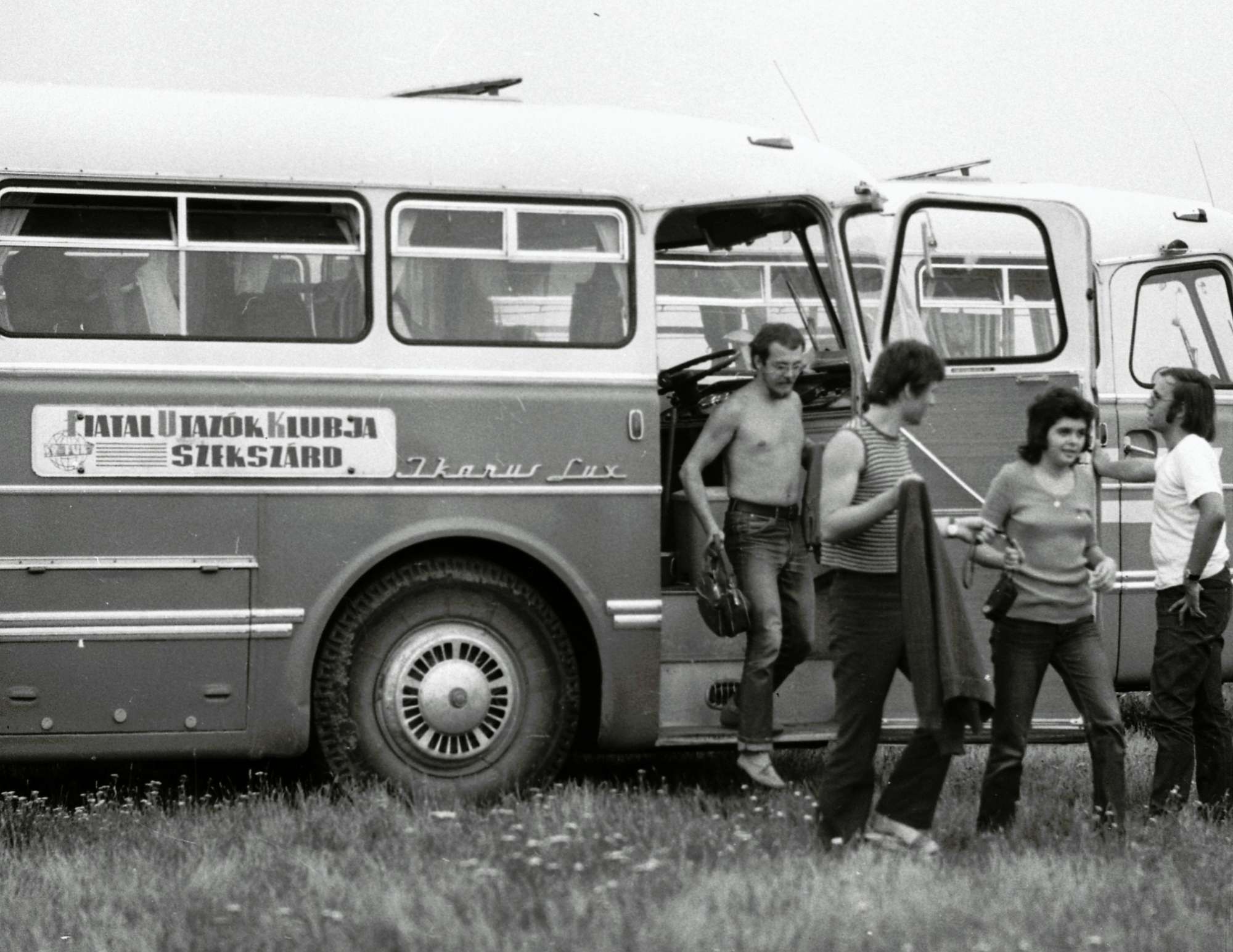A true Hungarian success story: the Ikarus bus

Locals still fondly recall this Hungarian invention which was considered the ultimate Hungarian success story of the distant communist era. Thanks to the Ikarus bus, our country finally gained some well-deserved though short-lived recognition, not only in the Eastern Bloc but, with a little exaggeration, all around the globe. Even though these iconic vehicles turned into portable saunas on wheels during the summer months, they were widely praised all the way from Geneva to Prague. We invite you for a nostalgic time travel to explore the history of the Ikarus, or nylon buses, as they were often mockingly called by the public for their lack of ventilation.
Every country’s socialism was shaped differently, with diverse achievements and lows, marking a technologically booming period with many great inventions. No matter how outdated they may seem today, in their prime time, the Ikarus buses truly revolutionised the country’s transportation infrastructure. The history of Hungary’s once ultra-modern and innovative creation, however, stretches back to the turn of the 19th century, way before the era of Marx and Engels.
The first wingbeats of Ikarus
The prototype model first saw the light of day at Kovács and Kocsi-gyártó Üzem (Blacksmith and Car Manufacturing) in 1895, under the instruction of Imre Uhry. The test drive of the first bus, which somewhat resembled a carriage, took place around the City Park, in the close vicinity of the factory. To Uhry’s great relief, the journey did not end similarly to the tragic Greek mythological tale in which Daedalus’s son falls to his death due to reaching too close to the sun, but quite the contrary!
By the beginning of the roaring ’20s, the powerful steel horse had blasted its way into the roads of Budapest and soon across the entire country. In the following decade, the company slowly started opening to foreign markets as well. In 1934, for instance, Uhry and his team entered the „Concours d’Élégance” car beauty contest organised in France with one of their buses which were equipped with the latest Gräf & Stift chassis.
The small family-owned business, which initially started out as a carriage repair shop, not only successfully withstood the global economic crisis but expanded into a large-scale enterprise soon producing hundreds of thousands of vehicles each year. Within a relatively short period, it became one of the leading bus manufacturers in the world, but let’s not run so far ahead!

Read more: Creations of Hungary – 5 cars built by Hungarians
The golden age of the wonder vehicle
The outbreak of WW2 brought significant changes in all aspects of life, and businesses were no exception either. From 1945, Uhry’s company began to repair the cars of the Soviet army. Apart from cars and buses, their business profile also included the manufacturing and repair of carrosseries, iron and steel structures, vehicle parts, fixtures and various airplane components including cooling systems, hence the name of the firm.
After the Seige of Budapest, there was a severe shortage of buses in the capital, therefore, the new buses were lifesavers for city dwellers. The mass production of Ikarus buses began in the late ’40s and they soon became the talk of the town. As Múlt-kor writes, the renowned Hungarian weekly paper, Élet és Tudomány (Life and Science) also reported about the latest wonder of the Hungarian technology industry, referring to the Ikarus 30 model as a mobile glass palace. According to one of their November issue from 1951, the working class was ought to feel truly fortunate to be carried around town in such fairytale-like vehicles which would have induced great envy even in the wealthy few of the Horthy regime.
There are also a couple of intriguing facts linked to these iconic vehicles. The southwestern Hungarian college town, Pécs, for instance, launched a library bus in 1974 which roamed around the city and the neighbouring settlements with the aim to make literature accessible for everyone. The Hungarian creation even conquered Cuba, where a Spanish company called Girón XIII made an agreement with Ikarus to export bus particles to be assembled and put into circulation in the exotic country. Sadly, however, there is also a tragic event connected to the brand. In the dawn of the ’60s, an Ikarus model accidentally flew off the overpass that leads to Ferihegy National Airport causing the death of 13 passengers.
Read more: 45 years of mobile libraries in Budapest
The fall and rise of the Hungarian steel horse
Even though the brand even made it to the US, Africa, China and the Scandinavian countries, its main market still remained the Comecon countries, including the former German Democratic Republic, Czechoslovakia and the Soviet Union. The fall of the Eastern Bloc shook Ikarus to its core. The 1998 Russian economic crisis also took a serious toll on the company’s profit for which the firm’s response was an immediate halt on exports to the USRR. Ikarus suffered another disastrous blow when Germany decided to withdraw all its orders in 1990. The inevitable switch to the market economy also did not go smoothly for the firm.
In spite of numerous setbacks, Ikarus still managed to stay above waters for nearly a decade but the end was slowly approaching. By 1998, the sale of the ailing company could not be postponed any longer. In the following year, Ikarus had been acquired by the French Irisbus company which eventually led to its demise. The last vehicle produced by the company drove out of the factory in October 1999 in Székesfehérvár.
If you missed out on the ultimate Hungarian experience of riding an Ikarus bus you can still make up for it by venturing on the BKV’s (Budapest Transport Privately Held Corporation) nostalgia tours. Retro enthusiasts can set off on a sightseeing adventure on an authentic Ikarus 180 articulated model and discover the amazing ways people got around in times gone by.
Tech lovers can see the different Ikarus bus prototypes in the following video:
Read more: Sunshine, Budapest, Heritage Services, a convertible bus… Convertible?! Yes!


Hello there:
I was wondering if you can pass me prices of your buses with spec. I am interested in the EV version but the conventional disel powered ones are also interesting.
I can be reached using this Email or whatapps att 00-977 9643 549 999
Thank you
Dear Boris,
Unfortunately, we have no information on the prices. You should contact the company directly: in**@ik****.hu